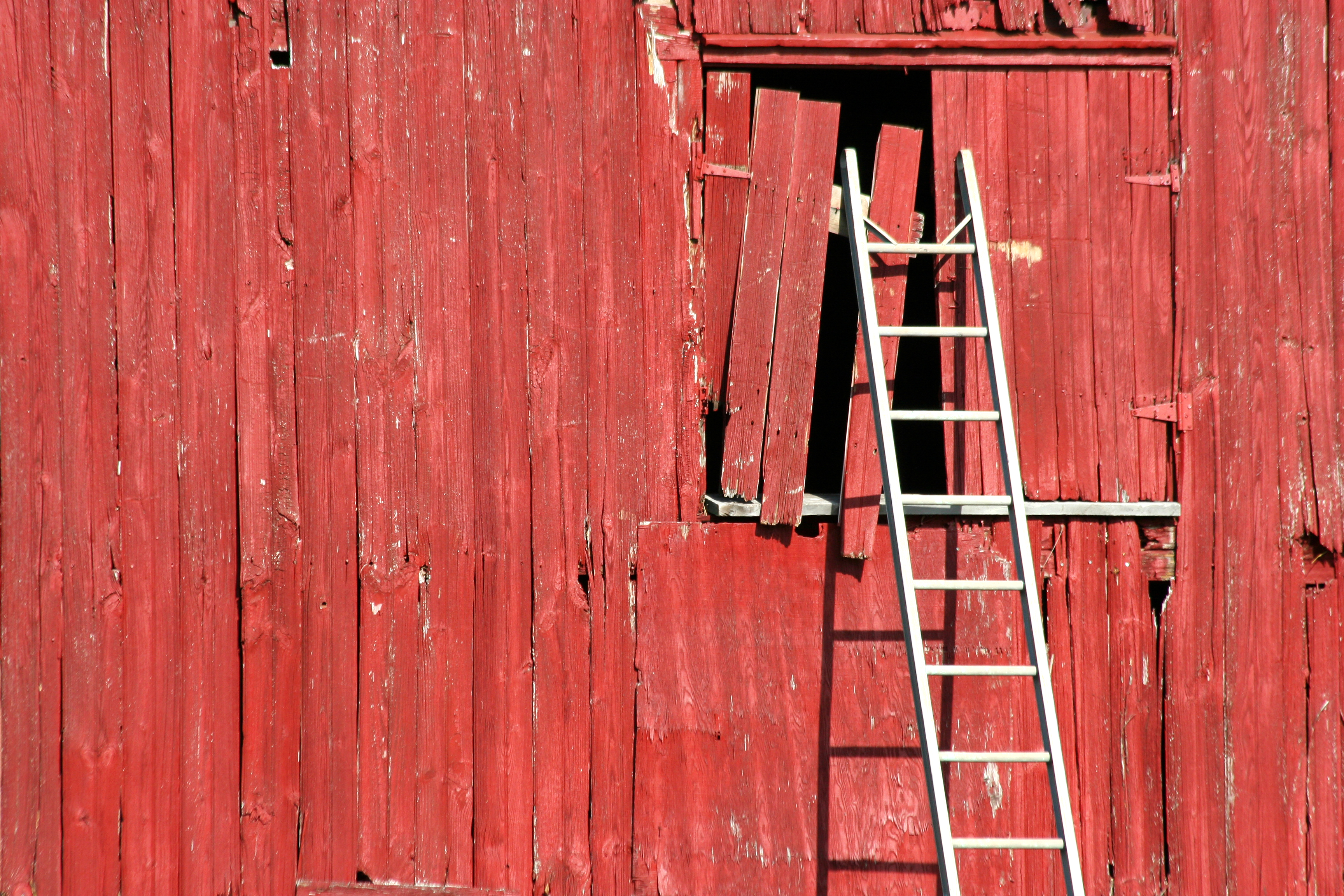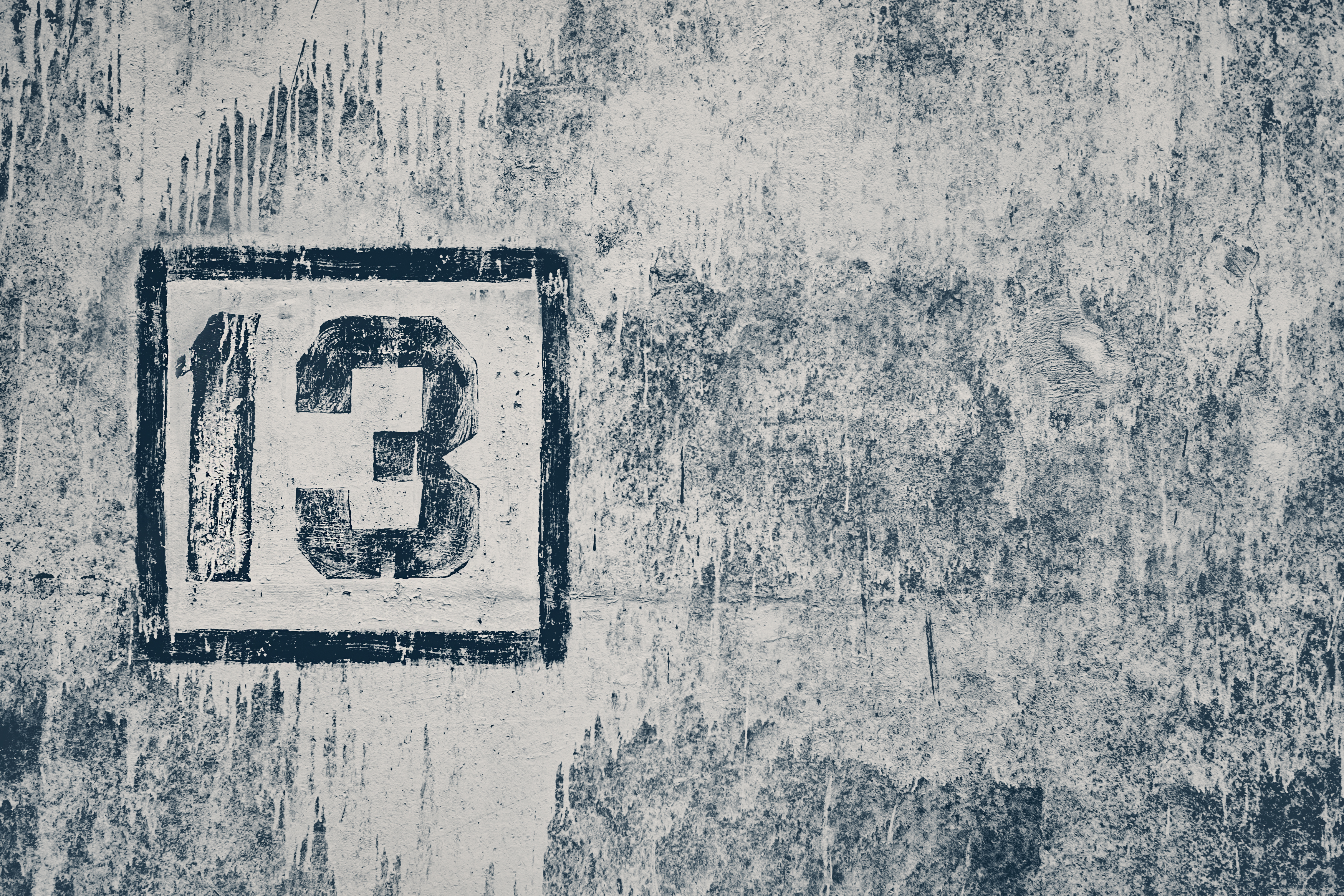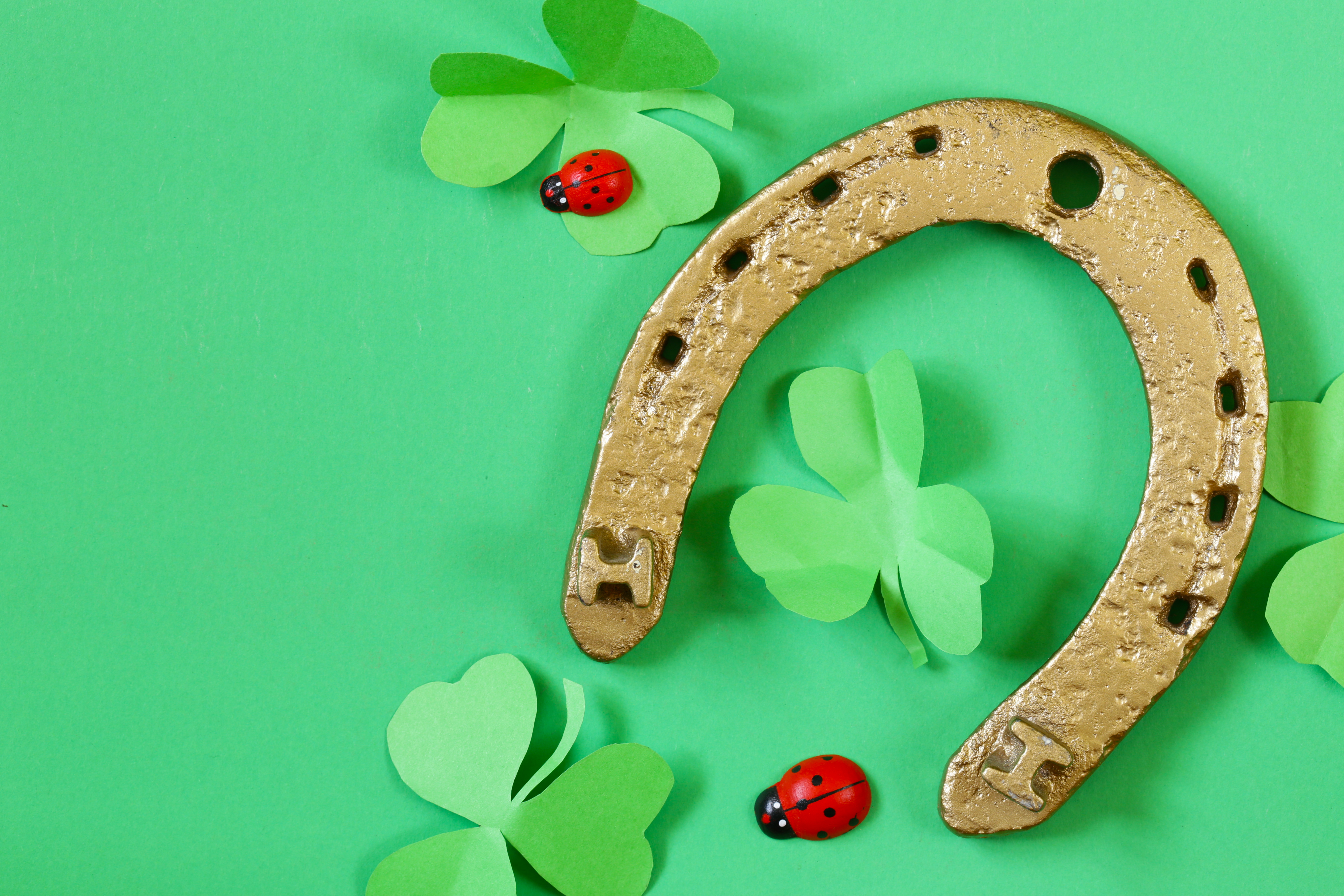10 Common Superstitions With Totally Bizarre Origins
Superstitions have been woven into the fabric of human culture for centuries, shaping behaviors, traditions, and even societal norms. These beliefs, often rooted in fear or misunderstanding, offer intriguing insights into the human psyche and the cultural contexts from which they arise. From the fear of black cats crossing our paths to the mysterious allure of lucky charms, superstitions are ubiquitous. They persist across generations, transcending borders and languages, often without question or scrutiny. This article embarks on a fascinating journey to unearth the strange stories behind 10 common superstitions, offering an eye-opening perspective on how they originated, evolved, and continue to influence us today. By delving into these tales, we aim to uncover not only the historical and cultural roots of these beliefs but also the psychological mechanisms that keep them alive in modern society. Join us as we explore the curious world of superstitions, where reality meets myth, and logic often takes a backseat to tradition and fear.
1. The Black Cat Conundrum

The superstition surrounding black cats is perhaps one of the most widely recognized. In many cultures, a black cat crossing your path is considered an omen of bad luck. This belief dates back to the Middle Ages in Europe, where black cats were often associated with witches and witchcraft. The fear was so pervasive that black cats were hunted and killed alongside women accused of witchcraft. However, the perception of black cats wasn't always negative. In ancient Egypt, cats were revered and even worshipped, with the goddess Bastet often depicted as a lioness or a woman with the head of a lioness. In this context, black cats were seen as symbols of protection and good fortune. This dichotomy highlights how cultural and historical contexts can drastically alter the perception of a superstition. In modern times, the superstition has taken on new dimensions. While many still avoid black cats for fear of bad luck, others have embraced them as symbols of mystery and independence. In some cultures, black cats are even considered good luck, particularly in Japan and parts of the UK. This shift in perception illustrates how superstitions can evolve and adapt, reflecting changes in societal attitudes and values. The black cat superstition serves as a reminder of how deeply ingrained beliefs can shape our actions and perceptions, often without us even realizing it.
2. Walking Under Ladders

The superstition that walking under a ladder brings bad luck is another common belief with a surprisingly rich history. This superstition is thought to have originated in ancient Egypt, where the shape of a triangle was considered sacred. A ladder leaning against a wall forms a triangle, and walking through it was seen as desecrating a sacred symbol. This belief was later adopted by Christians, who associated the triangle with the Holy Trinity. Walking under a ladder was seen as breaking the Trinity, which was considered blasphemous and unlucky. Despite its ancient origins, the superstition remains prevalent today, often reinforced by practical safety concerns. Walking under a ladder can indeed be dangerous, as it increases the risk of accidents and injuries. This practical aspect may have helped the superstition endure, as it provides a logical rationale for avoiding ladders. However, the belief also persists in contexts where safety is not a concern, highlighting the enduring power of superstition. The fear of walking under ladders serves as an example of how superstitions can persist long after their original cultural or religious significance has faded, often blending with practical considerations to create a powerful and enduring belief.
3. Breaking a Mirror

The belief that breaking a mirror brings seven years of bad luck is a superstition that has its roots in ancient Roman culture. The Romans believed that mirrors had the power to capture a person's soul, and breaking a mirror was thought to harm the soul trapped within it. The number seven was considered significant due to the belief that it took seven years for life to renew itself, thus the bad luck would last until the soul was restored. This superstition was further perpetuated during the Renaissance when mirrors became more common and valuable household items. The high cost of mirrors meant that breaking one was a significant financial loss, which may have contributed to the belief in bad luck. Over time, the superstition has evolved, with various rituals and remedies emerging to counteract the bad luck, such as burying the broken pieces in moonlight or throwing them into running water. The superstition surrounding broken mirrors highlights the interplay between cultural beliefs, economic factors, and psychological fears, illustrating how superstitions can evolve and adapt to new contexts.
4. The Number 13

The fear of the number 13, known as triskaidekaphobia, is a superstition that has permeated many aspects of modern life, from the omission of the 13th floor in buildings to the avoidance of scheduling events on the 13th day of the month. This superstition is thought to have originated from Norse mythology, where a dinner party of 12 gods was disrupted by the arrival of a 13th, Loki, who caused chaos and destruction. This story was later woven into Christian tradition, with the Last Supper having 13 attendees, including Judas, who betrayed Jesus. The fear of the number 13 has persisted through the centuries, often reinforced by cultural and media portrayals. In some cultures, the number is considered so unlucky that it is avoided in everyday life, while in others, it is embraced as a symbol of rebellion or nonconformity. This duality reflects the complex relationship between superstition and cultural context, illustrating how a belief can be both feared and embraced depending on the societal lens through which it is viewed. The superstition surrounding the number 13 serves as a testament to the enduring power of cultural narratives and the human tendency to seek patterns and meaning in the world around us.
5. Knocking on Wood

The practice of knocking on wood to ward off bad luck is a superstition with ancient roots. This belief is thought to have originated with the Celts, who believed that spirits and gods resided in trees. By knocking on wood, one could call upon these spirits for protection or to thank them for good fortune. This practice was later adopted by Christians, who associated wood with the cross and saw it as a symbol of divine protection. Despite its ancient origins, the superstition of knocking on wood remains prevalent today, often serving as a ritualistic gesture to prevent bad luck or reinforce positive outcomes. The act of physically knocking on wood provides a sense of agency and control, allowing individuals to feel as though they can influence their fate. This psychological aspect may contribute to the superstition's persistence, as it offers a tangible way to cope with uncertainty and fear. The practice of knocking on wood serves as an example of how superstitions can provide comfort and reassurance, even in the face of rational thought and scientific understanding.
6. Opening an Umbrella Indoors

The superstition that opening an umbrella indoors brings bad luck is a belief with both practical and historical origins. In Victorian England, umbrellas were often large and cumbersome, and opening one indoors could easily result in accidents or damage to property. This practical concern may have contributed to the development of the superstition, as it provided a logical reason to avoid the practice. Historically, umbrellas were also associated with protection and power, often used by nobility and religious figures to symbolize their status. Opening an umbrella indoors was seen as a challenge to these protective powers, potentially inviting misfortune. Over time, the superstition has persisted, often reinforced by cultural portrayals and anecdotal evidence. The belief in the bad luck associated with opening an umbrella indoors highlights the complex interplay between practical concerns, historical associations, and psychological fears, illustrating how superstitions can endure and evolve in response to changing societal contexts.
7. Friday the 13th

The superstition surrounding Friday the 13th is a combination of two separate beliefs: the fear of the number 13 and the belief that Friday is an unlucky day. This superstition is thought to have originated in the Middle Ages, with the combination of these two elements creating a particularly ominous day. The fear of Friday may have its roots in Christian tradition, as it is believed that Jesus was crucified on a Friday, and the day was often associated with misfortune and bad luck. The superstition surrounding Friday the 13th has been perpetuated by cultural and media portrayals, often reinforced by anecdotal evidence and confirmation bias. Despite the lack of scientific evidence to support the belief, many people continue to avoid making significant decisions or scheduling important events on this day. The fear of Friday the 13th serves as an example of how superstitions can become deeply ingrained in cultural consciousness, often persisting despite logical reasoning and scientific understanding.
8. Horseshoes for Good Luck

The belief that hanging a horseshoe above a door brings good luck is a superstition with both historical and cultural roots. This belief is thought to have originated in ancient Greece, where horseshoes were associated with the crescent moon and considered symbols of fertility and protection. The superstition was later adopted by Christians, who saw the horseshoe as a symbol of protection against evil spirits. The practice of hanging a horseshoe above a door is often accompanied by specific rituals, such as ensuring the open end faces upwards to catch good luck. This superstition has persisted through the centuries, often reinforced by cultural traditions and personal anecdotes. The belief in the protective power of horseshoes highlights the enduring appeal of symbols and rituals, illustrating how superstitions can provide comfort and reassurance in the face of uncertainty and fear.
9. Salt Over the Shoulder

The practice of throwing salt over one's shoulder to ward off bad luck is a superstition with ancient origins. This belief is thought to have originated with the Romans, who considered salt to be a valuable and sacred substance. Spilling salt was seen as a waste and a potential invitation for misfortune. By throwing a pinch of salt over the left shoulder, one could ward off evil spirits and negate the bad luck. The superstition has persisted through the centuries, often reinforced by cultural traditions and personal anecdotes. In some cultures, the practice is accompanied by specific rituals, such as using the right hand to throw the salt or reciting a specific phrase. The belief in the protective power of salt highlights the enduring appeal of rituals and symbols, illustrating how superstitions can provide comfort and reassurance in the face of uncertainty and fear.
10. The Evil Eye

The belief in the evil eye is a superstition that has persisted across cultures and centuries. This belief is rooted in the idea that certain individuals possess the power to cause harm or misfortune simply by looking at someone with envy or malice. The superstition is thought to have originated in ancient Greece and Rome, where the evil eye was considered a powerful and dangerous force. The belief in the evil eye has persisted through the centuries, often reinforced by cultural traditions and personal anecdotes. In many cultures, specific rituals and symbols are used to ward off the evil eye, such as wearing amulets or reciting prayers. The belief in the evil eye highlights the enduring appeal of superstitions, illustrating how they can provide comfort and reassurance in the face of uncertainty and fear.
Superstitions are a fascinating aspect of human culture, offering insights into the historical and cultural contexts from which they arise. Despite the lack of scientific evidence to support them, superstitions persist across generations, transcending borders and languages. They offer comfort and reassurance in the face of uncertainty and fear, providing a sense of control and agency in an unpredictable world. By unearthing the strange stories behind common superstitions, we gain a deeper understanding of the human psyche and the enduring power of belief. As we continue to navigate the complexities of modern life, superstitions serve as a reminder of the deep-seated need for meaning and connection in the human experience.







